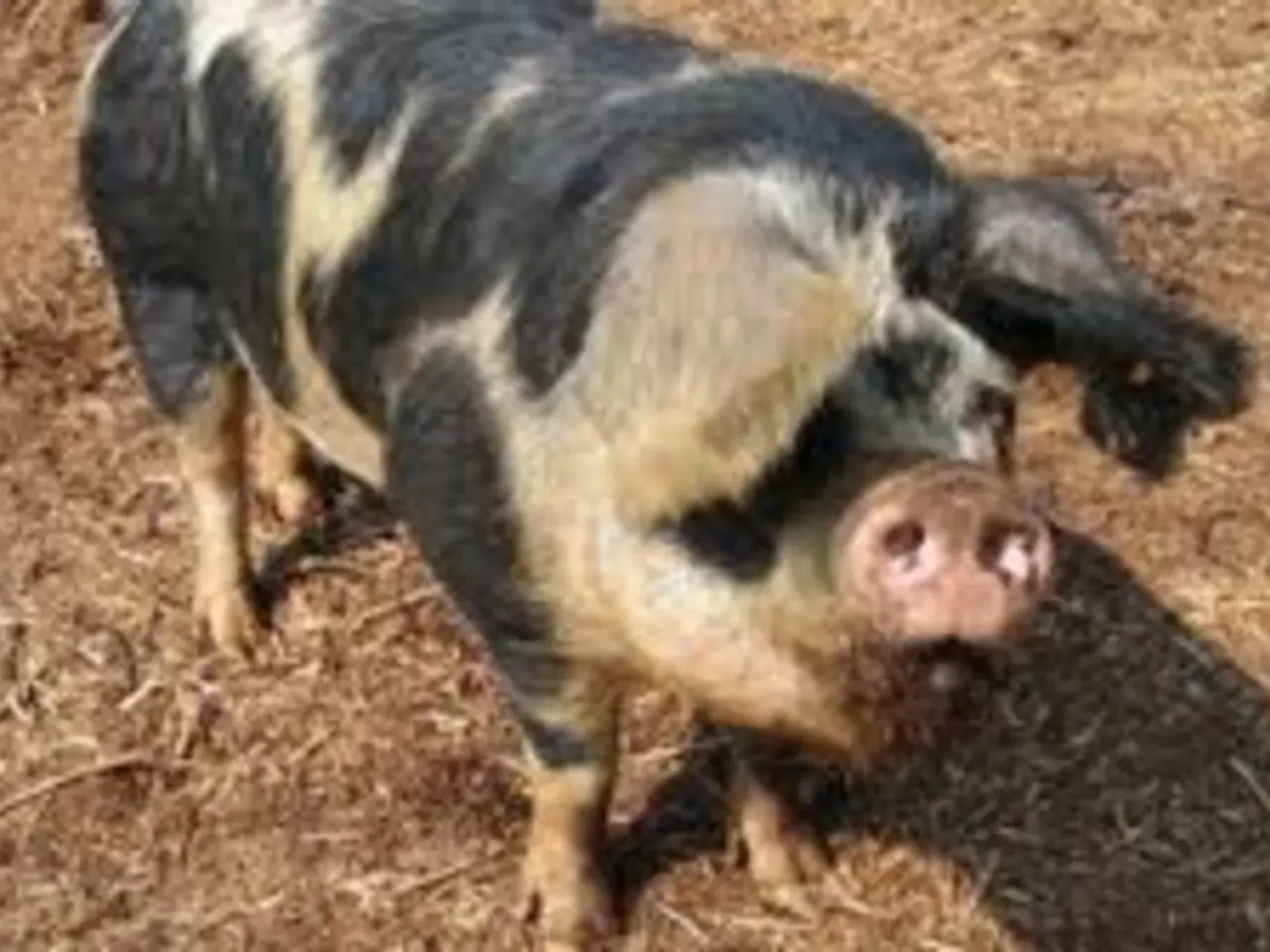Evidence of Domesticated Livestock Found in Ancient Feces
In a groundbreaking discovery, archaeologists have uncovered evidence suggesting that hunter-gatherers in Abu Hureyra, Syria, began tending live animals around 11,700 years ago during the late Epipaleolithic period. This significant find was made possible through the analysis of dung spherulites—microscopic mineralized fecal remains—in archaeological contexts.
This research, led by Associate Professor Alexia Smith of the University of Connecticut, USA, and involving Durham's Department of Archaeology, which is ranked 8th in the world (QS World University Rankings by subject 2022), reveals a shift from exclusively hunting wild sheep and goats to keeping them near settlements. This marks an early phase of animal management that predates full domestication and is linked to the beginnings of animal husbandry during the Natufian or Pre-Pottery Neolithic periods in the Fertile Crescent region.
Dung spherulites can be found in accumulations of dung produced where live animals are being kept. Many herbivores, including sheep, form tiny calcium-based balls called dung spherulites in their intestines. These can provide insights into when people first began bringing live animals to sites to care for them.
Professor Emeritus Peter Rowley-Conwy, who led Durham's role in the research, studied the animal bones from Abu Hureyra and found that hunter-gatherers began to increasingly rely on sheep to supplement a diet based mostly on hunted gazelle. This practice reflects a transition from strict hunting and gathering toward sedentary lifestyles and proto-agriculture, including early plant cultivation and animal tending.
The animals were likely kept alive near settlements for secondary products (such as milk or wool) or as a live food reserve, which was a crucial step toward full domestication. The research, published in the journal PLOS ONE, suggests that this practice was common in Abu Hureyra between 12,800 and 12,300 years ago.
Interestingly, this discovery is almost 2,000 years earlier than seen elsewhere, but was in line with what might be expected for the Euphrates Valley. The research confirms that hunter-gatherers were bringing live animals, most likely sheep, to Abu Hureyra to tend them.
For those interested in learning more about Emeritus Professor Peter Rowley-Conwy, more information can be found online. First excavated in the 1970s, Abu Hureyra continues to be an important site to help understand where and when agriculture was first developed. Changes to bone shape happened well after the process of tending and domestication began, making dung spherulites an invaluable tool for archaeologists tracking the earliest experiments with animal management.
[1] Smith, A. L., et al. (2022). The earliest evidence for sheep management at Abu Hureyra, Syria. PLOS ONE. [3] Moore, J. D., et al. (2014). The early origins of agriculture in West Asia. Nature.
The research findings suggest that the hunter-gatherers in Abu Hureyra started managing sheep, a practice that led to the gradual shift towards a health-and-wellness approach focused on animal husbandry. This development, which occurred around 12,800 and 12,300 years ago, was also seen in the realm of science, as the analysis of dung spherulites provided insights into early farming and animal management techniques.




